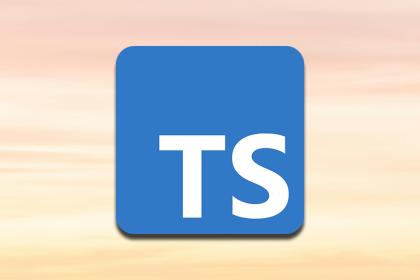
I thought trimming fields and adding tooltips would solve our order form problems. They didn’t. What finally worked was starting over with nine UX changes that made the process clear, simple, and frustration-free.

Learn how to structure Rust web services with clean architecture, Cargo workspaces, and modular crates for scalable, maintainable backends.

Discover how ECRS helps product managers eliminate waste, simplify workflows, and drive efficiency across fast-growing teams.

This tutorial shows how to use TanStack DB to build a task manager with live queries, optimistic updates, and offline support, delivering a fast, resilient UX with less boilerplate than traditional React state management.

I used to leave design reviews with a stack of subjective edits. Then I learned to tell the story behind my work and rework dropped fast.

Follow this step-by-step guide to building a full-stack recipe application with TanStack Start, the new full-stack React framework.

Turn your SaaS product into a platform by spotting key signals, avoiding common traps, and building for scale, reuse, and integration.

Query strings are often overlooked as a way to manage app state, but they can make your React apps more shareable, persistent, and simple. This guide walks through the tools, trade-offs, and best practices for using query strings effectively.

Explore the key features of TypeScript 5.9, including the redesigned tsc –init command, the new import defer syntax, expandable hovers, and significant performance improvements.

Better Auth is an open-source, TypeScript-first auth library with adapters, schema generation, and a plugin system. Here’s how it works and how it stacks up to Clerk, NextAuth, and Auth0.

Prototyping turns static designs into living blueprints. See how it saves UX teams from rework, missteps, and costly misunderstandings.

Read one developer’s detailed account of using a screen reader to learn more about a11y and build more accessible websites.